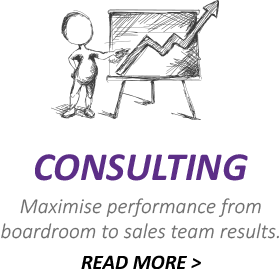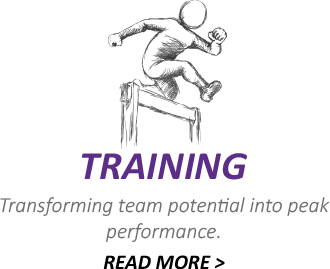To maximise your sales effectiveness in a virtual environment you must recreate your sales content.
What do I mean by that? Well, previously if most of your meetings were face to face with customers, you typically wouldn’t have stopped the conversation to power up your laptop to show visuals, videos or draw on a Whiteboard. It would break the rapport and flow of a good conversation.
However, things are very different in a virtual selling situation, new challenges present themselves. It’s not always easy to read the room or pick up on subtle changes in body language. Delivering content and maintaining engagement especially with a group of new prospects is challenging.
But it’s not all bad news, in fact there are great advantages to this virtual environment if you study them and adapt yourself to benefit from them.
So, here are some specific steps you can take to maximise your effectiveness.
- Imagine yourself in the prospects virtual situation. What are the current challenges they’re facing? What ways do they need to adapt their business now in 2020? What would your fears and reservations be about doing business with someone you have never met in person?
Empathy holds the key to understanding why someone might not feel comfortable in this business situation.
Answering these questions will give you the insight to create some new engaging content that sparks interest and demonstrates how you can help them achieve success.
Revisit your existing buyer and sales process to see what has changed over this crisis period. You need to think about all the different areas of your sales process to discover where you need to create additional sales content. For example, you’re going to need content for outreach emails, specific content for social media and you will need a ‘virtual tool kit’ of content to handle all the situations you’ll meet in your virtual meetings. One of the key advantages of virtual sales is the ability have this ideal content prepared in advance. Giving you the agility to share quickly various pieces of relevant content in several different media formats.
- Align content for each step in the sales process. Then you must personalise it for the individual organisation or the person that you’re going to be working with virtually. It’s not enough to roll out the same presentation ‘cookie cutter’ style and expect an engaged audience.
- Content must make decision making easier. Building trust and confidence virtually is harder. So, a critical factor here is that each piece of content must make the decision making process easier. Ask yourself, Is this content I’m sharing easy to understand? Is it clear and logical? Does it make a good business case? And if I were a prospect, would I feel comfortable and confident in taking the next step?
- Get feedback & Engagement throughout. To overcome the challenges of reading the room it’s vital to acknowledge prospects thoughts and feelings by checking in frequently to make sure that you’re all on the same page.
Regularly confirm back what you’re hearing from them to make sure that you have understood correctly and have their engagement.
If at any point in the call you see that maybe they’re not quite engaged you need to stop your presentation. Maybe, pause and suggest using a whiteboard together. Talk through how you could apply the information to their personal situation, answer any questions and ultimately collaborate on a potential solution.
So, in conclusion, make a wise investment and dedicate the time to review your sales process. Then adapt it as needed by creating a ‘Virtual Tool Kit’ that delivers real engagement and makes you standout from the competition!
Dedicated to Your Continued Sales Success!
Peter






